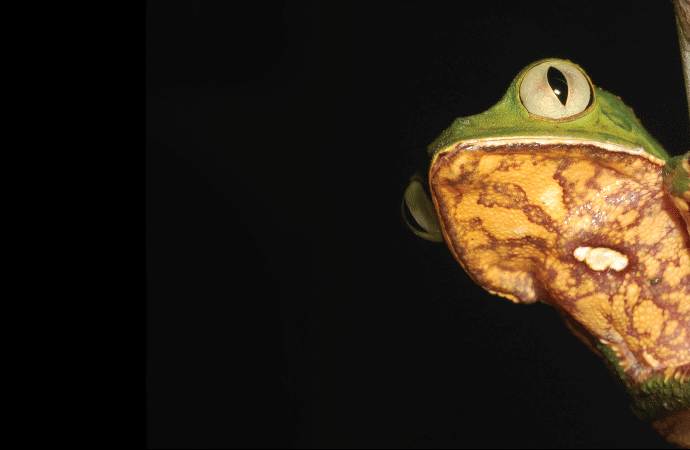
Author: ameer
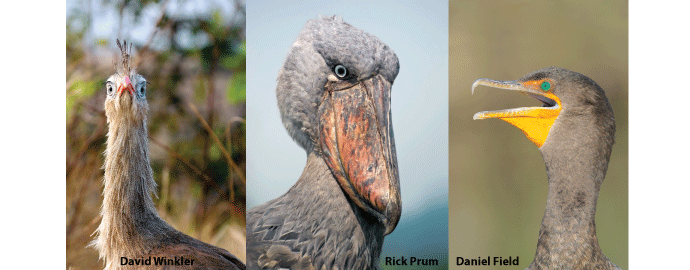
Nature Paper Resolves Bird Tree of Life
The first Anchored Phylogenomics project in birds resolves one of the greatest challenges in dinosaur systematics: resolving the deep branches of the avian phylogeny. The combination of high taxon sampling and high levels of phylogenetic information in anchored loci facilitated identification of several novel clades and successfully placed enigmatic species.
Contact us to request a free PDF if you cannot access the paper from the Nature website below.
2015 Prum et al.
NATURE; doi:10.1038/nature15697 Show Details
6093 Downloads
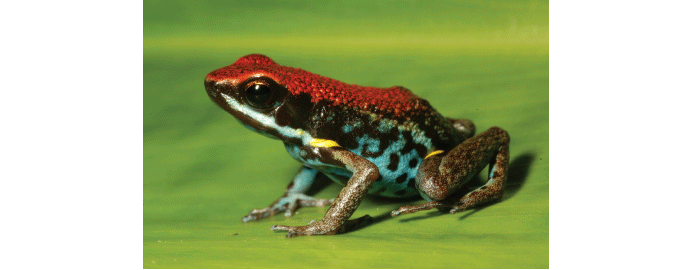
Largest Amphibian Tree of Life data set presented at SSAR conference
Paul Hime and David Weisrock presented preliminary results from a 300+ taxon data set for hundreds of anchored loci at the Society for the Study of Amphibians and Reptiles 2015 Conference. Early results suggest an unexpected sister relationship between salamanders and caecilians.
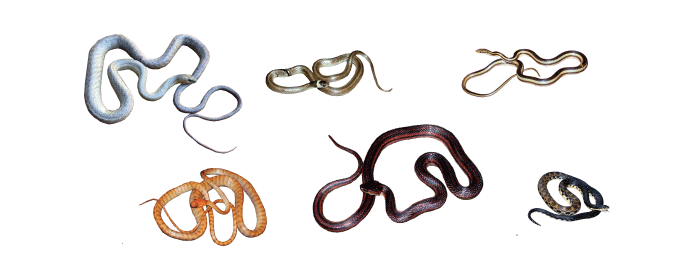
Roots of Madagascar snake radiation elucidated
Anchored Phylogenomic data provide support for a monophyletic radiation of Pseudoxyrhophiine snakes in Madagascar. Feeding specialization associated with tooth venom delivery is thought to have played a major role in the early diversification of this radiation.
2015 Ruane et al.
In Press Show Details
3277 Downloads

Hierarchical Anchored Phylogenomics highlighted in symposium
Emily Lemmon presented a new expansion of Anchored Phylogenomics, which facilitates simultaneous data collection for phylogenetics, phylogeography, and population genomics, at the Frontiers in Biology Symposium at the Society for the Study of Amphibians and Reptiles 2015 Conference.
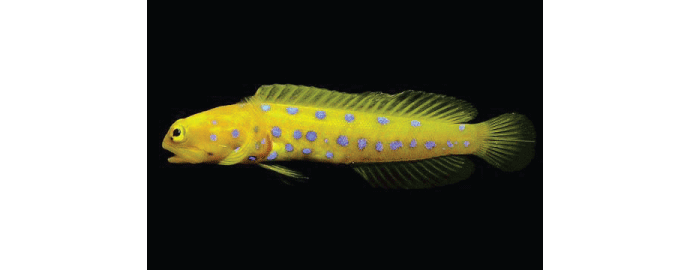
Breaking ground in fish phylogenomics
Improved modeling and Anchored Phylogenomic data facilitate resolution of deep relationships in the fish clade Ovalentaria. This study collected data using the original Vertebrate v1 capture probe design. We have since developed a much improved fish-specific design that have been used in several projects currently underway.
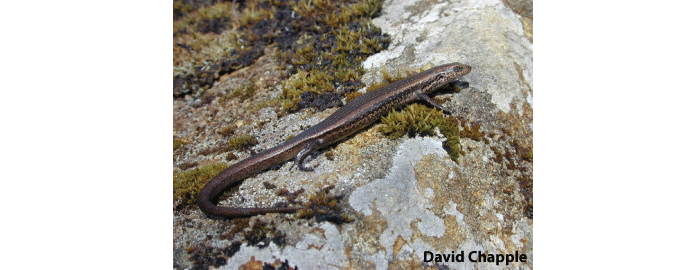
Scincid lizard phylogeny resolved at shallow and deep levels
Anchored Phylogenomics provided resolution at both phylogeographic and phylogenetic levels in skinks. In a comparison to transcriptome data, Anchored Phylogenomic data sets were found to perform as well or better and to be more cost effective, thus allowing greater taxon sampling. This study collected data using the original Vertebrate v1 capture probe design. We have since developed a much improved amniote-specific design.

Ready to Speed up Data Collection?
Accelerate your research by plugging into our growing resources for data collection in non-model systems. Generate data sets of 100s or 1000s of loci for 100s or 1000s of species in weeks, not years.
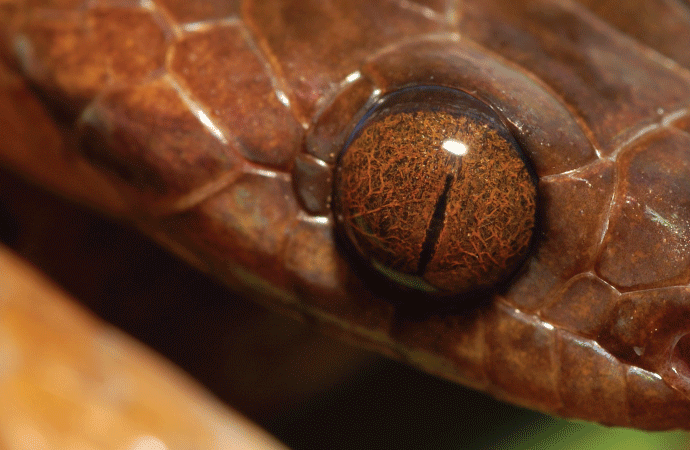
Nowhere to Hide
Anchored phylogenomic data from thousands of snake species are accumulating rapidly. Our collaborators are aiming to sequence every species on the planet—for the same set of 400 hundred loci.
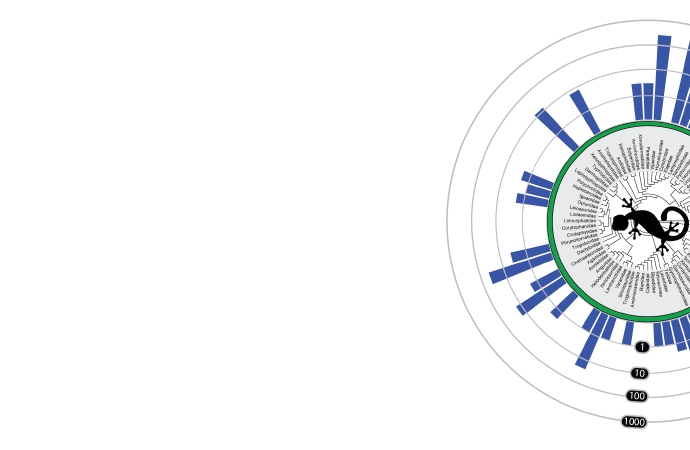

Looking to Modernize Your Research?
Our collaborative framework allows researchers to move into genomic-scale data collection without the huge price tag of doing it alone. Contact us about developing Anchored Phylogenomics resources for your system.

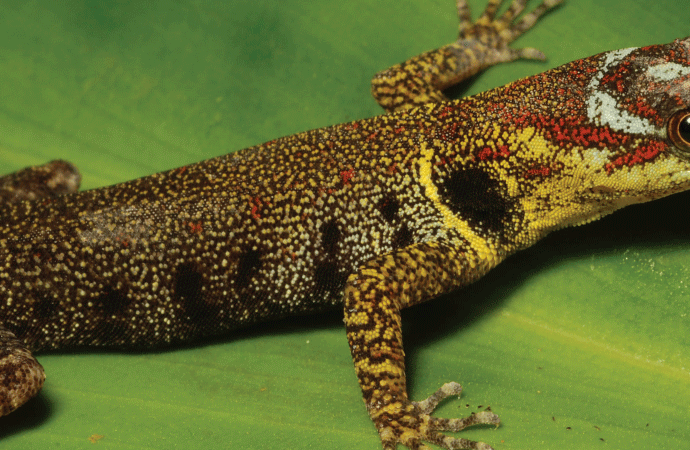
Got Diversity?
The Anchored Phylogenomics approach provides the optimal balance of locus number, level of sequence variation, and sample throughput.
